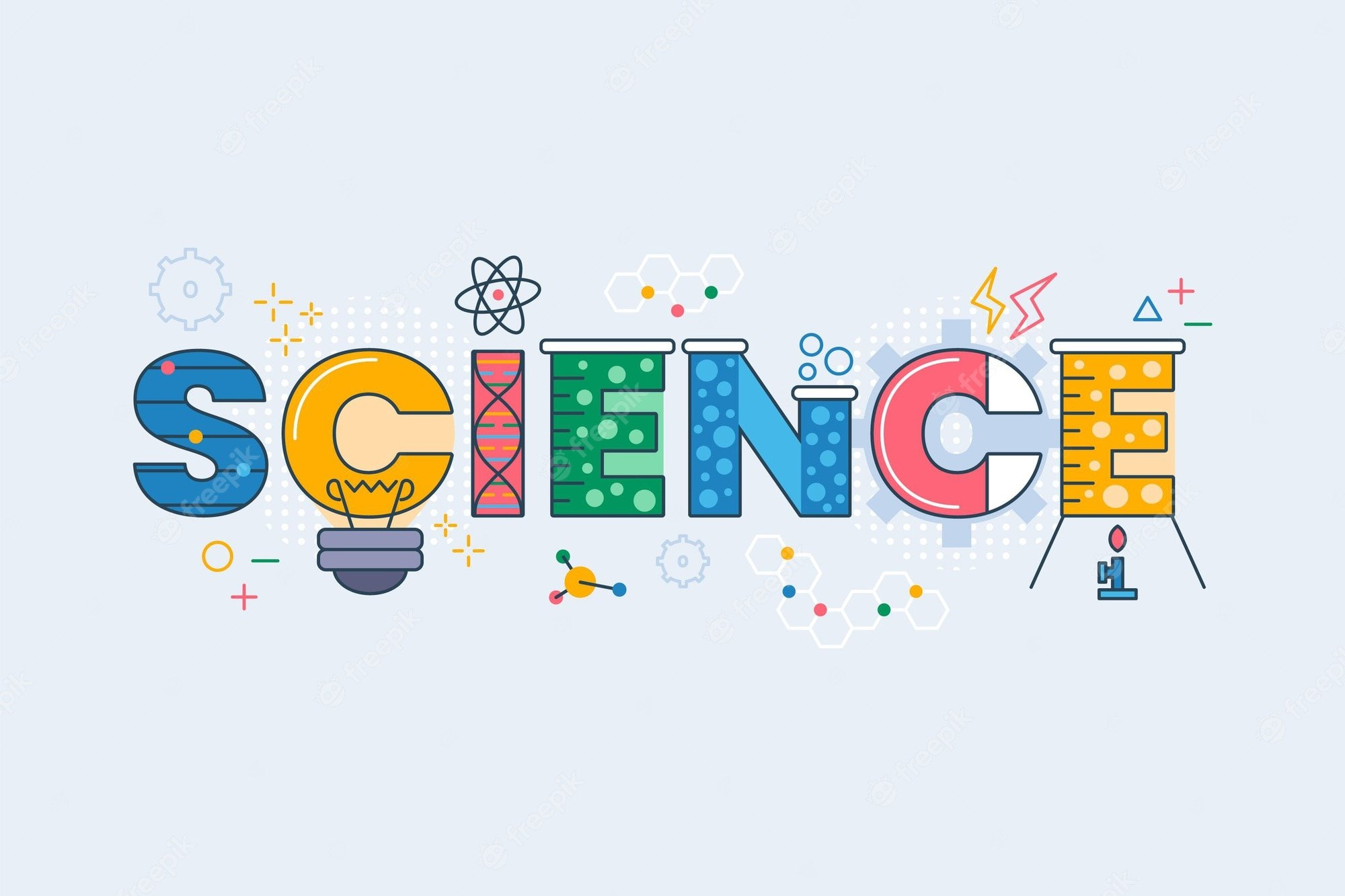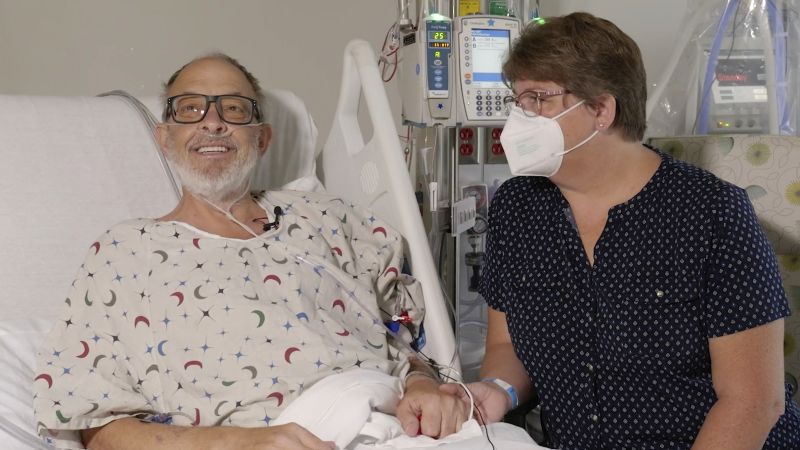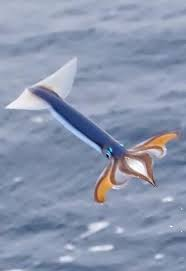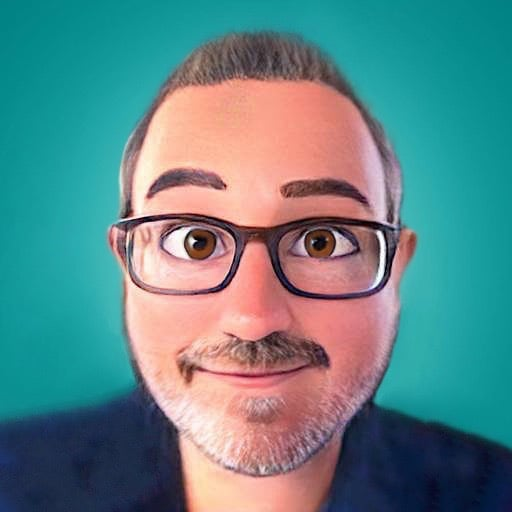This is really sad. I was rooting for this man. I am glad that he and his wife got a little more time together.
Making a contribution to science is a huge achievement and brings a lot of meaning to the end of his life.
Me and my wife experienced something like this in a small way. With our first child, we had an amniocentesis done. This is the rather horrific procedure where they pierce the pregnant woman’s belly with a hypodermic needle to get a sample of the fluid within the amniotic sac. This fluid contains dead cells shed by the fetus and you can do a genetic analysis of those to see if it has genetic diseases. It’s very standard but still when you see that needle get stabbed into a pregnant woman it’s pretty gnarly and there is a small risk to damaging the sac or the fetus itself.
ANYWAY when we did this, there was a nurse nearby who said “would you like to participate in a study we’re doing to try to make all the same test results available with just a simple blood test?” In addition to being stabbed with the big needle my wife also agreed to do a blood draw. They were able to use her amniocentesis results and the blood to improve on emerging techniques to find the pertinent genetic material within the mother’s bloodstream, meaning NO BIG STABBY NEEDLE.
Of course this was just in research so no benefit to my wife. But she felt proud to do it. And the punchline to this story is that my wife has a little sister. And years later when she got pregnant the science had matured and she was able to just do the blood test - no stabby needle. So we got to see the whole cycle complete and actually benefit someone we love. That was pretty great.
That’s really amazing. As a nurse, I’m very proud of your wife for contributing to the advancement of treatments for all patients. I know that study didn’t require her to risk anything, but I still think she’s a hero. Participation in clinical trials is so helpful
I would understand if she had said no to a second needle jab that day :)
She is also participating in the monitored rollout of a new COVID vaccine variant so she’s made somewhat of a habit out of this. I’m proud of her too!
As someone who just got those blood results back, thank you!
I used do do L/S ratio testing for fetal lung maturity on amniocentesis fluids back in the day. The collection method and the testing is archaic looking back on it now. It’s because of volunteers like you guys that we have much better testing methods for these things now. What used to be a harrowing method of collection and an 8 hour test is now done with a cervical swab and a 15 minute test.
I wish there were a bigger investment in 3D printing organs. They won’t have these issues.
It’s not really an investment thing from my POV. Sure, throwing money at it will speed up research a bit, but there are a huge number of challenges that need to be overcome first, the biggest of these would probably be tissue perfusion - cells tend to die due to lack of nutrients and oxygen. Way too many issues with printing right now. Xenografts are a safer and quicker bet right now because you need to consider immunogenics anyway - if you can’t make pig hearts work, you likely won’t get patient-specific implants to work either. It’s not quite as easy as just 3D-Printing patient stem cells.
Source?
It does appear to be a real thing see here
Not sure how far along this kind of technology is though.
It appears to be in the early stages of research, tackling the square one problems of how to assemble macrostructures from living cells without damaging them, while keeping them alive, while keeping the whole thing sterile. I would say this is a concept. It has zero demonstrated practical success and is still a decade minimum away from being able to attempt to get it.
Still I think it’s an inevitable technology that we should invest in. Once we can control the development of cells through genetic manipulation, and assemble them into macrostructures, we’ll be able to do quite a lot, and there seem to be advancements on the former frontier all the time. We just don’t know how to get all those stem cells we convinced to become liver tissue together into a liver.
Source that 3D printed organs printed using the patient’s own DNA wouldn’t have rejection issues like a pig heart? I mean I can look one up for you if you really need me to, but I would think that would be pretty obvious.
I suspect that they meant a source that indicates that this is a path of research that is currently being pursued and likely not due to skepticism, but rather interest. I can understand, because I didn’t know it was something that people were actually researching; I mean, I first heard of the idea in a sci-fi novel!
Personally, I like to try to give people the benefit of the doubt, so I’m going to assume that maybe you were/are just having a bad day and didn’t mean to be rude. I hope that the rest of your day was/is better!
I didn’t mean to be rude. I was honestly confused.
This made me cry a little. Sounded like they thought he was “out of the woods”
“We have no expectations other than hoping for more time together,” his wife, Ann Faucette, said at the time. “That could be as simple as sitting on the front porch and having coffee together.”
In the weeks that immediately followed the transplant, his doctors reported that he was making significant progress, including participating in physical therapy and spending time with this family.
One month after his surgery, his doctors said they believed his heart function was excellent and had withdrawn any drugs to support his heart function.







